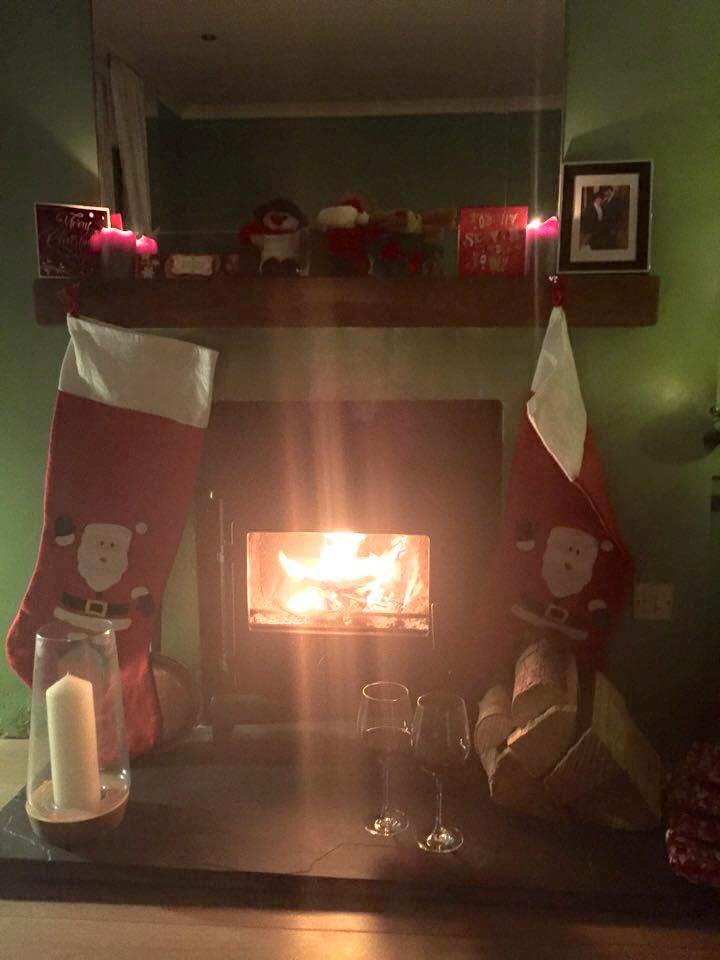
Introduction
A stove can be a valuable addition to your Scottish home, providing warmth, ambiance, and energy efficiency. However, choosing the right stove and ensuring proper installation are crucial to maximize its benefits. In this blog post, we’ll guide you through the process of selecting the perfect stove for your Scottish home. We’ll also discuss essential installation tips and considerations to help you make an informed decision.
Assessing Your Heating Needs
Before diving into the world of stoves, it’s important to assess your heating needs. Consider the following factors:
Room Size and Layout
Determine the size and layout of the room where the stove will be installed. This information will help you choose the right stove size and output capacity to effectively heat the space.
Heating Requirements
Evaluate your heating requirements. Do you need a stove to provide primary heat for the entire home or serve as a supplemental heat source? This will influence the type and size of stove you choose.
Fuel Availability and Cost
Consider the availability and cost of different fuel options, such as wood, gas, or pellets. Assess the pros and cons of each fuel type to make an informed decision based on your budget and preferences.
Types of Stoves
Understanding the different types of stoves available will help you narrow down your options. Here are some popular types:
Wood-Burning Stoves
Wood-burning stoves are a classic choice, known for their warmth, ambiance, and cost-effectiveness. They require a ready supply of wood and proper ventilation for safe operation.
Gas Stoves
Gas stoves provide convenience and easy control. They are fueled by natural gas or propane and offer instant heat at the flick of a switch. Gas stoves require proper gas line connections and ventilation.
Pellet Stoves
Pellet stoves are an eco-friendly option that burns compressed wood pellets. They offer efficient heating and automated fuel feed systems. Pellet stoves require electricity to operate and regular pellet refills.
Multi-Fuel Stoves
Multi-fuel stoves provide versatility by allowing you to burn different types of fuel, such as wood, coal, or peat. They offer flexibility in fuel selection but require proper maintenance and cleaning.
Installation Considerations
Proper installation is crucial for the safe and efficient operation of your stove. Consider the following installation tips and considerations:
Building Regulations
Familiarize yourself with the local building regulations and requirements for stove installations in Scotland. Ensure compliance with ventilation, flue, and safety standards.
Professional Installation
For a seamless and safe installation, it’s recommended to hire a professional stove installer. They have the expertise to handle the technical aspects, such as chimney lining, flue installation, and connecting to the existing heating system.
Chimney and Flue Options
Assess the condition of your chimney and determine if any repairs or upgrades are necessary. Choose the appropriate flue type (e.g., stainless steel, flexible liner) based on your stove and ventilation requirements.
Location and Clearances
Identify the ideal location for your stove, considering clearances to combustible materials such as walls, furniture, and flooring. Ensure proper spacing to prevent fire hazards and maintain safe operating conditions.
Safety Features
Look for stoves with built-in safety features, such as heat shields, temperature controls, and airwash systems that keep the glass clean. These features enhance safety and ease of use.
Maintenance and Cleaning
Consider the maintenance and cleaning requirements of different stove types. Wood-burning stoves, for example, require regular ash removal, chimney sweeping, and periodic inspections.
Conclusion
Choosing the right stove for your Scottish home involves careful consideration of your heating needs, fuel options, and installation requirements. Evaluate the various stove types available, considering factors such as aesthetics, efficiency, and ease of use. Ensure compliance with local building regulations and enlist the services of a professional installer to guarantee a safe and efficient installation. By taking these tips and considerations into account, you’ll be well on your way to enjoying a cozy and inviting atmosphere in your Scottish home with the perfect stove.
